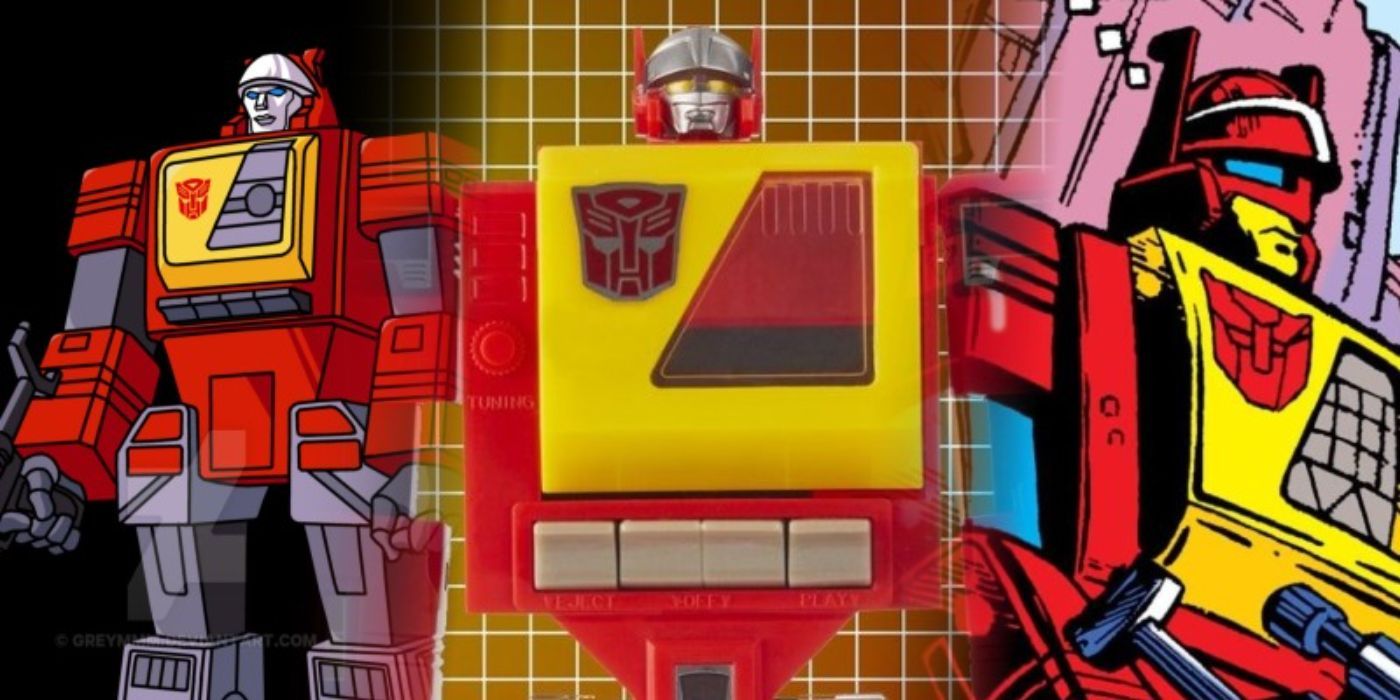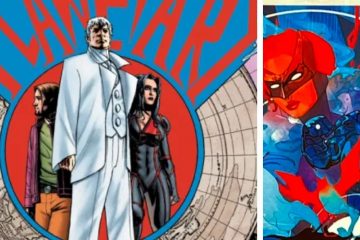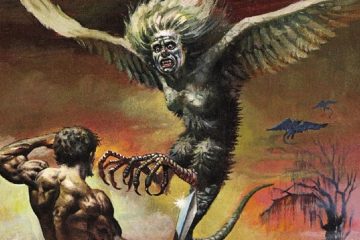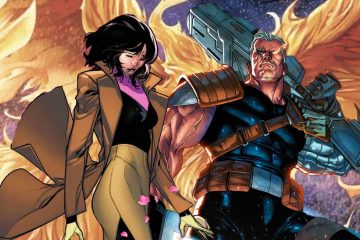There are several iconic characters in the Transformers franchise, with many of them debuting in the original Generation 1 incarnation of the series. G1 began the franchise with two major media adaptations: a cartoon and a comic book. Although they were based around the same concept, the robots featured in each medium would receive different levels of focus and even more divergent characterizations.A great example of this was Blaster, who was a big part of the cartoon’s second and third seasons. He played the same role in the Autobot army in both the comics and the animated series, but little differences led to big changes in terms of how he was developed. Far from a hip and happening ‘bot, the printed page made Soundwave’s rival into a far more dour individual.Introduced in Season 2 of The Transformers, Blaster was one of the many new Autobots whose presence was only explained by the fact that Hasbro had toys to sell. Like Jazz, Blaster was portrayed as a fun-loving robot with a deep appreciation of Earth’s popular culture, namely music. This fit his name and alternate mode, as he transformed into a boombox (or “ghetto blaster”). Fittingly, he also had a legion of loyal Mini-Casette Transformers inside his chest, with Steeljaw, Eject, Rewind and Ramhorn being the main ones.RELATED: Hasbro’s Stacked 100th Anniversary SDCC Lineup Includes Marvel, Star Wars and More
There are several iconic characters in the Transformers franchise, with many of them debuting in the original Generation 1 incarnation of the series. G1 began the franchise with two major media adaptations: a cartoon and a comic book. Although they were based around the same concept, the robots featured in each medium would receive different levels of focus and even more divergent characterizations.
A great example of this was Blaster, who was a big part of the cartoon’s second and third seasons. He played the same role in the Autobot army in both the comics and the animated series, but little differences led to big changes in terms of how he was developed. Far from a hip and happening ‘bot, the printed page made Soundwave’s rival into a far more dour individual.
Introduced in Season 2 of The Transformers, Blaster was one of the many new Autobots whose presence was only explained by the fact that Hasbro had toys to sell. Like Jazz, Blaster was portrayed as a fun-loving robot with a deep appreciation of Earth’s popular culture, namely music. This fit his name and alternate mode, as he transformed into a boombox (or “ghetto blaster”). Fittingly, he also had a legion of loyal Mini-Casette Transformers inside his chest, with Steeljaw, Eject, Rewind and Ramhorn being the main ones.
#Transformers #Musical #Autobot #Comics
Note:- (Not all news on the site expresses the point of view of the site, but we transmit this news automatically and translate it through programmatic technology on the site and not from a human editor. The content is auto-generated from a syndicated feed.))



